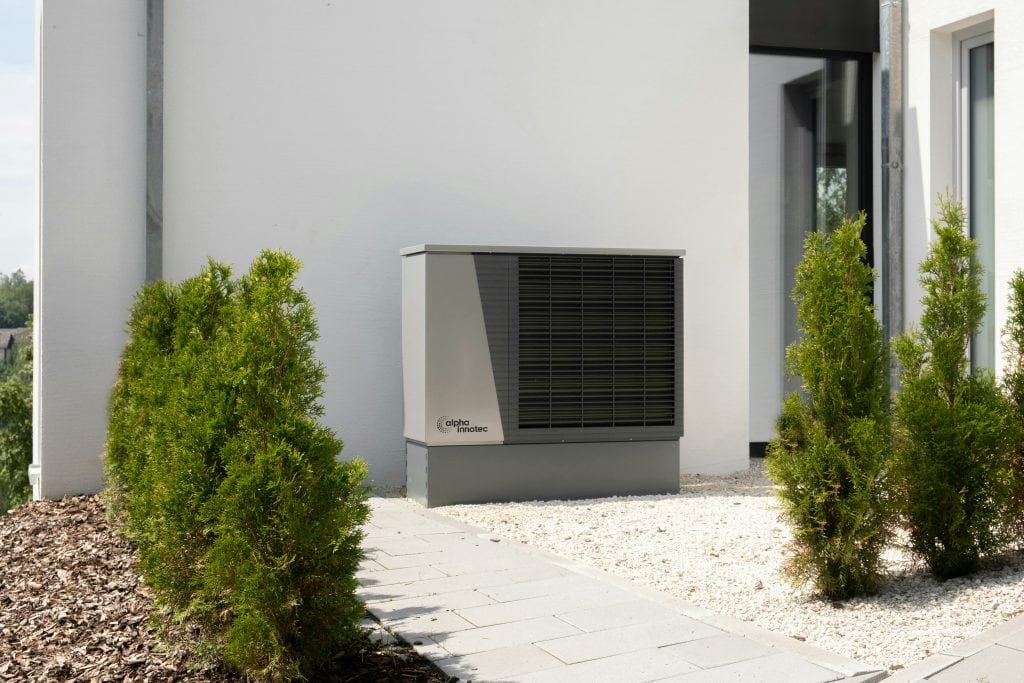What Refrigerants Are Being Used in Car vs Home Air Conditioners?
Share
Table of Contents
Air conditioners are a necessity in the Philippines, whether you’re on the road in Manila traffic or at home on a hot afternoon. But have you ever wondered what refrigerant actually keeps your car or home cool? Car and home air conditioners use different refrigerants based on performance, safety, and environmental standards. Let’s break it down.
What Refrigerants are Commonly Used in Cars?

Most modern cars in the Philippines now use R-134a or the newer R-1234yf refrigerant.
- R-134a (Tetrafluoroethane): This was the standard for car air conditioning for decades. It offers good cooling efficiency but has a high global warming potential (GWP), which is why it’s slowly being phased out in many countries.
- R-1234yf (Hydrofluoro-olefin): This newer refrigerant is more eco-friendly, with a much lower GWP. Many car manufacturers have shifted to this option, especially in newer models sold globally.
Older cars in the Philippines may still use R-12 (Freon), but this refrigerant has been banned in many places due to its harmful effect on the ozone layer.
Can I Switch My Car’s Refrigerant?
Yes, but conversion requires professional service. Switching from R-12 to R-134a, for example, involves changing seals, oils, and sometimes even components to prevent leaks and ensure proper cooling.
What Refrigerants are Commonly Used in Home Air Conditioners?

For home ACs in the Philippines, the most common refrigerants are R-22, R-410A, and R-32.
- R-22 (Freon): Still found in older air conditioning units, but it’s being phased out because of its ozone-depleting properties. Servicing R-22 systems can also be expensive since the supply is limited.
- R-410A (Puron): Widely used in split-type and inverter air conditioners. It’s chlorine-free and more efficient than R-22, though it still has a relatively high GWP.
- R-32: Becoming the most popular option in newer models. It’s energy-efficient, has a lower GWP than R-410A, and is considered a better long-term option for eco-friendly cooling.
Should I Replace an Old AC That Still Uses R-22?
If your AC is still working, you can continue using it, but replacement is recommended if it breaks down. Not only will newer units be easier to service, but they’re also more energy-efficient and eco-friendly.
What’s the Difference Between Car and Home AC Refrigerants?
- System design: Car ACs require refrigerants that can handle rapid cooling in compact systems, while home units focus on long-term efficiency and steady performance.
- Environmental rules: Cars are moving faster toward eco-friendly refrigerants like R-1234yf due to international standards. Home ACs in the Philippines are gradually shifting from R-410A to R-32.
- Service and cost: Car refrigerant refills are usually cheaper, while home AC refrigerant recharging or retrofitting can be more costly.
Which Refrigerant is the Most Eco-Friendly Option?
Currently, R-1234yf for cars and R-32 for homes are the greener choices. They both balance cooling efficiency with lower environmental impact compared to older refrigerants.
How Do Refrigerant Changes Affect Filipino Households and Drivers?
- For drivers: If you own an older car that still uses R-134a or R-12, servicing might become costlier as supply tightens. Newer vehicles already come with R-1234yf, which is more sustainable.
- For households: Many Filipinos are shifting to inverter ACs with R-32 refrigerant. These not only lower electric bills but also reduce environmental impact, making them a smart long-term investment.
